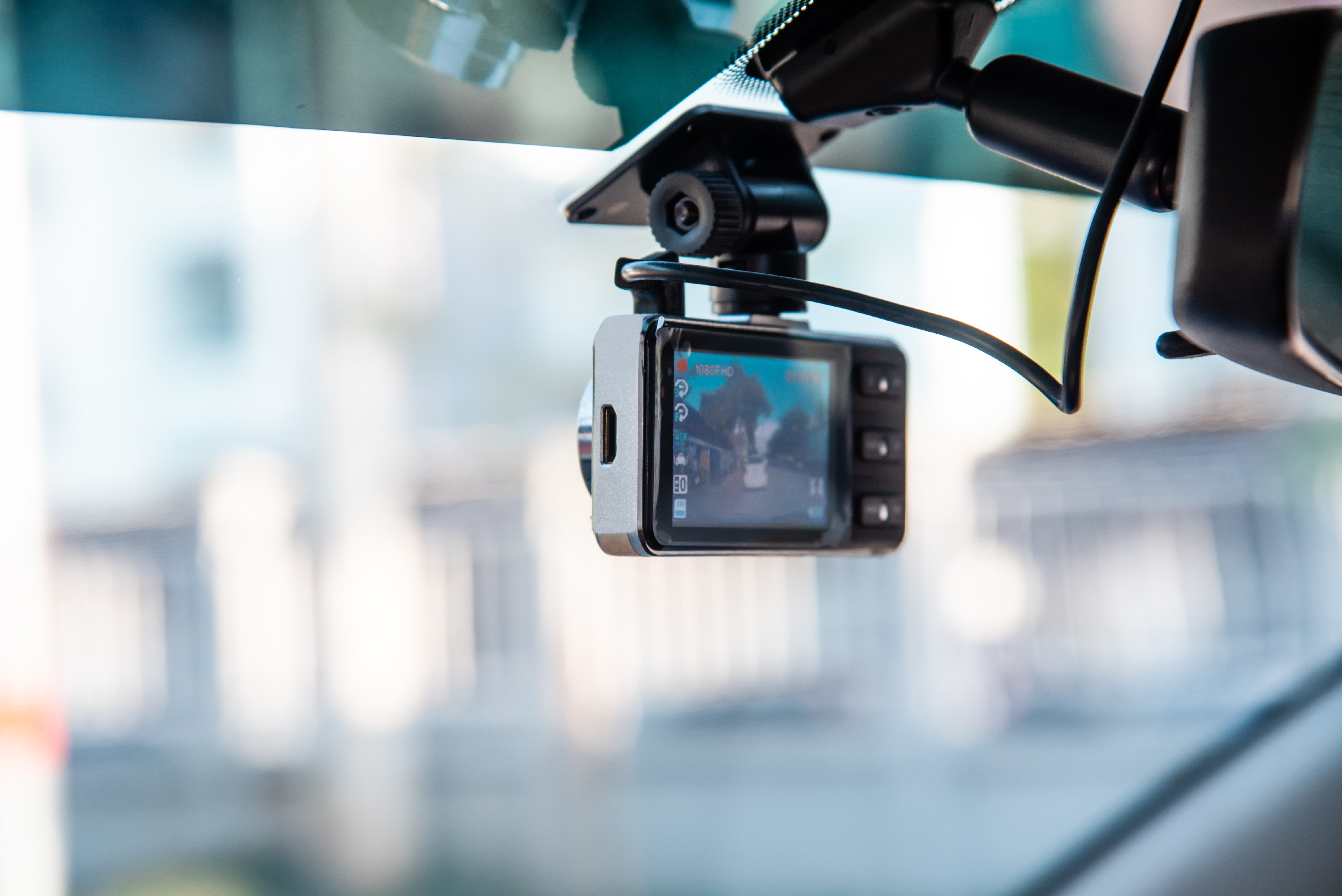Interview With Thomas Zoehrer on Artificial Intelligence: The Future of Computer Vision

One of the current buzzwords in manufacturing is Industry 4.0. How does CV fit into that?
The fourth industrial revolution, Industry 4.0, considers automation, robotics, etc. but also data exchange. With data exchange, you will also find terms like interconnectivity, information transparency/visibility, decentralized decisions, and digitalization. IoT (internet of things) is another term used in that context. IoT is the platform processing all this information.
Based on my experience, many companies are afraid of full automation, but I think it’s important to understand that the journey starts with data or information.
CV provides data from simple sensors (cameras), so you may also see this as a great starting point. It is more evolutionary than revolutionary compared with a full-blown Industry 4.0/IoT solution.
Where will CV and IoT be in the next decade?
McKinsey’s Global Institute foretells that IoT will have a financial impact of about $11 trillion by 2025—and that’s a big number.
I think augmented reality (AR) for manufacturing, CV-based solutions for dimensioning and quality assurance, and CV for robotics will be the standard in the next few years. I hope positioning/object tracking will be as well.
With camera improvements (hardware, 4K, 8K, etc.), will also come more precision, more data, and more applications for computer vision.
In 10 years, CV will be used as standard sensor technology and will be fully integrated into IoT networks. We expect the biggest steps around dynamic digital twins or, in the area of sensor fusions, CV data merged with other sensor inputs, including third-party data or data from data lakes (e.g., Weather).
What are the three key points a manufacturer should take away about CV and Industry 4.0?
First, CV and CV-based solutions could be very cost efficient and effective in terms of results and improvements, including very short ROIs.
Second, IoT and Industry 4.0 are revolutionary. However, companies can also take an evolutionary approach by using CV and other sensors to better understand their operations (information visibility).
Third, you do not need to be like Volkswagen or Nike and integrate wall-to-wall IoT/Industry 4.0 solutions. I think it’s wise for small and mid-size operations to become educated around CV solutions and start the journey to IoT/Industry 4.0.
An insurance company that cares about you and insuring the things you wish to be insured.
Get a Quote> Find an Agent>

